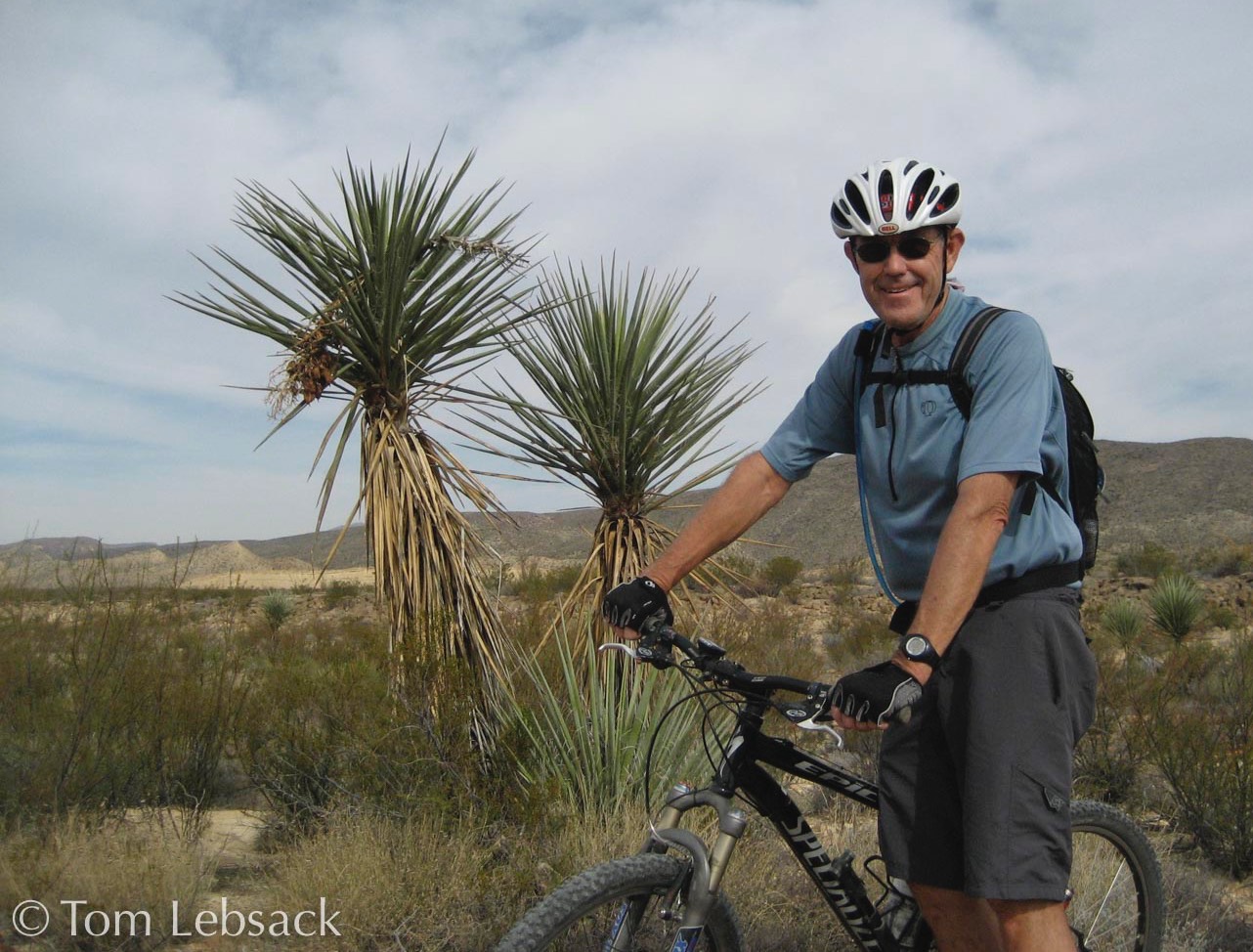Texas Wildbuds
About
In retirement I became interested first in digital photography and soon after, in wildflower photography, mainly because of hiking in the Colorado Rockies, Big Bend and around Austin. The interest in the images developed into a curiosity about the species themselves. Dusting off my knowledge of botany and learning much more over the years, I made an effort to correctly identify and describe what I was photographing.
My wife of 50+ years and I live in Austin, Texas, and in Breckenridge, Colorado. Both places offer fantastic opportunities for wildflower photography. We make many trips around the two states each season finding and photographing plants.
References
Many books and websites are used to identify the plants. These are the most-often used:
Books
-
“Manual of the Vascular Plants of Texas” by D.S. Correll & M.C. Johnston
-
“Wildflowers of the Texas Hill Country” by Marshall Enquist
-
“Wildflowers of Texas” by Michael Eason
-
"Wildflowers of Texas" by Geyata Ajilvsgi
-
"Little Big Bend" by Roy Morey
-
“The Other Side of Nowhere" by Roy Morey
-
“Cacti of Texas” by Michael Powell, James Weedin and Shirley Powell
-
“Rare Plants of Texas” by Jackie Poole, William Carr, Dana Price and Jason Singhurst
-
“Flowering Plants of Trans-Pecos Texas and Adjacent Areas” by Michael Powell, Richard Worthington and Shirley Powell
-
“Trees an Shrubs of the Trans-Pecos Texas and Adjacent Areas ” by Michael Powell
-
“Shinners & Mahler’s Illustrated Flora of North Central Texas” by George Diggs, Jr., Barney Lipscomb, and Robert O'Kennon
Websites
-
iNaturalist - www.inaturalist.org
-
USDA Plants Database - plants.usda.gov/
-
Integrated Taxonomic Information System - www.itis.gov/
-
Southwest Environmental Information Network - www.swbiodiversity.org
-
Biota of North America Program - www.bonap.org
-
•Lady Bird Johnson Wildflower Center - www.wildflower.org
-
Wildflower Search - www.wildflowersearch.com
-
The American Southwest - www.americansouthwest.net
-
Southwest Desert Flora by Gene Spurla - www.southwestdesertflora.com
-
CactiGuide.com by Daiv Freeman - cactiguide.com
-
Wildflowers of the Southern Rocky Mountains by Marilyn Phillips - www.rockymountainsflora.com
______________________________
I use the accepted scientific names from the Integrated Taxonomic Information System (ITIS) website.
Family names have been revised according to the latest APG standards.
Photo Equipment and Processing
All of the photographs were taken with digital cameras, primarily Nikon DSLRs, including D70, D200, D300S, D810 and (currently) D850. Most DSLR photos were taken with a Nikkor-Micro 70-180mm f/4.5-5.6 zoom lens or Nikkor-Micro 105mm f/2.8 lens. Other cameras used include aim-and-shoots Canon SD650, Nikon P7000 and Sony RSX-100-IV, and iPhones of various generations..
Some of the photos are products of the focus stacking technique to put into focus the subject and blur the rest. I use either the lens focus barrel or a Kirk FR-2 focussing rail. The technique involves taking several or many images at different focal lengths and using software to stack them together to produce an image with all or selected parts in focus. There are a couple examples on this page. Photos 4055/4068 and 4080/4087 are stacks of 14 and 8 images, respectively.
Most photos were taken with natural light, often using a diffuser to reduce shadows. Some were taken using a Nikon RC1 macro flash system.
Almost all photos are shot in camera RAW file format and developed on a Mac with Adobe Lightroom, followed by (to a very limited extent) Photoshop, Topaz Photo AI to reduce noise and sometimes Color Efex4 Pro software for contrast enhancement. For the focus stacks I use Helicon Focus software.
The processing steps consist of first organizing the images by location into collections in Lightroom, identifying the plants and adding keywords. The photos are cropped and exposures adjusted in Lightroom. The winners are processed in Topaz AI for noise if necessary and converted to JPEGs. These are uploaded to this website using Blocs web development software.
Use of Images
The photographs on this site are copyrighted, but can be used with prior permission and attribution. Please contact me about usage or if you would like prints.
When contacting me, please give the image number you are inquiring about. It's the 4 digit number following the plant name.
Image numbers are assigned by the camera while photographing. Usually there is just one number. In some cases there are two, such as 6764/6789, indicating that several or many images, in this case 26, were taken at different focal lengths and stacked together, as described above.
Getting There

Many of the photos on this site were taken by me and Linda while hiking. I often use my mountain bike as a way to get to more remote wildflower sites, and it’s quicker than walking. My backpack is usually loaded with a camera, hiking tripod, biking equipment and water for the day. If it’s an aggressive ride, I’ll take my small Sony RX100-IV camera. For easier rides my DSLR with macro lens will be in the backpack.
Contact
If you would like to contact me about the site, I’d love to hear from you! Please click here. Corrections to identifications are much appreciated!
Banner photo of Castilleja indivisa and Lupinus ssp. taken along FM 1323 north of Johnson City, Blanco County
© Tom Lebsack 2025
Every attempt is made to provide accurate, up-to-date, and relevant information, but the completeness or accuracy of any information presented on this website cannot be guaranteed. I use authoritative references to insure high standards of accuracy and review and update the information frequently.